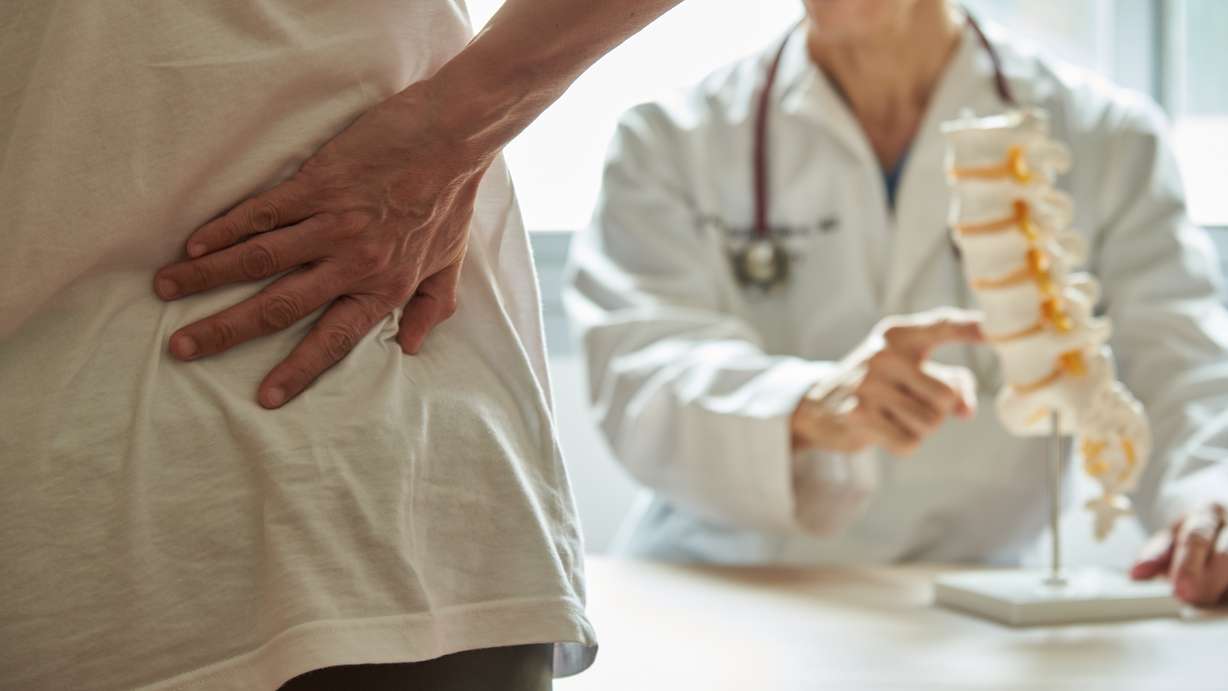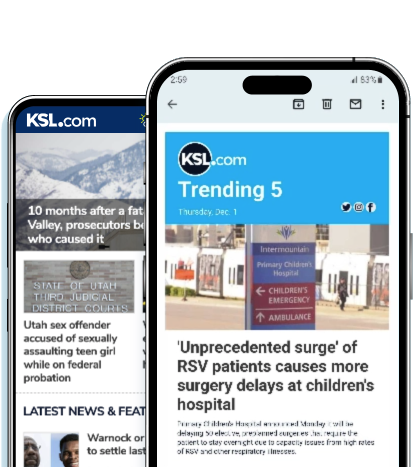Estimated read time: 5-6 minutes
Back pain is one of the most common health complaints in the U.S. According to research from PubMed Central, lower back pain affects about 84% of people at some point in their lives, and around 23% go on to develop chronic pain.
It can come on suddenly after an awkward movement or build up gradually until it starts interfering with your sleep, workouts or even everyday tasks.
While some back pain improves with rest, other cases tend to linger. Understanding what's causing it is the first step toward finding lasting relief.
Here are some of the most common reasons people experience back pain — and what you can do about it.
Bad posture
When your mom told you to sit up straight and don't slouch, you probably rolled your eyes. But these days, you're likely wishing you had taken her advice. Turns out, poor posture is one of the leading causes of back pain.
According to UCLA Health, "Poor sitting posture and workplace ergonomics over time can damage spinal structures and contribute to recurrent episodes of neck or back pain."
Think about all the hours spent hunched over laptops, desktops and smartphones — it adds up. Maintaining good posture in these situations isn't easy, and over time it can lead to muscle imbalances, disk compression and even nerve irritation.
To reduce the strain on your back, MedlinePlus recommends changing positions frequently, taking regular breaks, keeping your feet flat on the floor when seated and using proper back support.

Muscle strains and sprains
Whether you tweaked your back lifting a heavy box or pushed yourself a little too hard at the gym, muscle-related injuries are another major cause of back pain. A sudden awkward movement, poor lifting technique or even overuse can strain the muscles, tendons or ligaments in your back.
According to the Cleveland Clinic, symptoms of a muscle strain or sprain include:
- Pain that gets worse with movement
- Sudden muscle cramping or spasms
- Decreased range of motion or difficulty walking, bending or standing straight
Bulging or herniated disks
Between each vertebra in your spine are soft disks that act as cushions. But when one of those disks bulges or herniates, pain is often not far behind.
"When a disk herniates, some of the cushioning material slips out of the casing that holds it. This is also called a ruptured disk or slipped disk," Shawna Seed writes for WebMD.
When that cushioning presses on nearby nerves, it can cause pain, numbness or weakness. Most herniated disks occur in the lower back, according to the Mayo Clinic, but they can also happen in the neck — depending on which part of the spine is affected.
In many cases, herniated disks cause no symptoms, so you may not even know you have one without proper imaging.
Arthritis and degenerative conditions
Not all back pain is your fault — sometimes it's just part of getting older. As you age, the disks and joints in your spine naturally start to wear down, which can lead to chronic issues like osteoarthritis, spinal stenosis or other degenerative conditions.
Johns Hopkins Medicine explains that as the cartilage between the joints breaks down over time, it causes inflammation and pain. Since this kind of pain comes from physical wear and tear, it tends to flare up when you bend or twist.
And if you've had a back injury in the past, that can raise your chances of developing degenerative arthritis later on.
Stress
Back pain isn't always caused by a physical injury. In many cases, stress plays a bigger role than people realize. As Traci Pedersen writes for Healthline, "Stress can lead to inflammation, muscle spasms, and tension in your back."
Along with those physical reactions, stress can also reduce blood flow to your back muscles, heighten your sensitivity to pain and lead to poor posture — all of which can make back pain worse.
"Regular exercise, stretching, and good posture can help alleviate back pain, while stress management techniques like meditation and deep breathing can help reduce stress levels," Pedersen adds.
How an MRI can help you find relief for your back pain
No matter the cause of your back pain, the key to relief is getting an accurate diagnosis — and advanced imaging can help you pinpoint the problem.
An MRI (magnetic resonance imaging) provides a clear, detailed picture of your spine, muscles, disks and nerves. It can help identify the exact cause of your pain and guide your treatment plan — whether that's physical therapy, chiropractic care or surgery.
Unfortunately, waiting for insurance to cover your MRI means waiting for that pain relief. Referrals, long waits and high deductibles can all be obstacles standing in your way.
That's why more people are turning to TaylorMed MRI, Utah's go-to provider for fast, affordable and insurance-free MRI scans. At TaylorMed MRI, you don't need a doctor's referral. You can schedule your scan directly — often with same-day appointments — and receive results in just 24 hours.

For just $399, you get hospital-grade MRI technology, expert radiologist review and a digital copy of your results to share with your provider.
Whether you've been battling back pain for weeks or just woke up with a mystery twinge this morning, don't wait for it to get worse. Get clarity — and peace of mind — now. Schedule your fast, affordable MRI at taylormedmri.com or call 385-831-7674 today.








